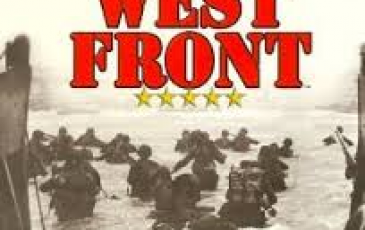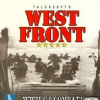| Rating: |
8.75 (6) |
| Games Played: |
6 |
| SM: |
10 |
| Turns: |
55 |
| Type: |
Custom |
| First Side: |
Allies |
| Second Side: |
Axis |
| Downloads: |
642 |
Sword was the code name for the extreme left beach of the five landing areas of the Normandy Invasion and one of the beaches assigned to the British. It occupied a 5-mile (8-kilometre) stretch of the French coastline from Lion-sur-Mer on the west to the city of Ouistreham, at the mouth of the Orne River, on the east. All major roads in this sector of the Norman countryside ran through Caen, and it was a key city to both the Allies and the Germans for transportation and maneuver purposes. The Germans had fortified the area with relatively light defenses and was anchored on the 75-millimetre guns of the Merville Battery, located to the east across the Orne River estuary. Elements of the German 716th Infantry Division-(the 736th and 125th Regiments)-along with forces of the 21st Panzer Division were in the vicinity. The area of landing beaches was assigned to the British 3rd Division, with French and British commandos attached and the objective was to push across Sword Beach and pass through Ouistreham to capture Caen and the important bridges over the Orne River and Caen Canal. There they were to link up with forces of the 6th Airborne Division, which were to have seized the bridges in a glider-borne coup de main just after midnight and destroy the Merville Battery. At 16:00 hours tank forces and mechanized infantry men from the 21st Panzer Division launched the only German counterattack of D-Day (KG Oppeln and KG Rauch). The attack was repulsed and the British 3rd. Infantry could continued the next days to advance to Caen along with the Canadians coming off Juno.
































